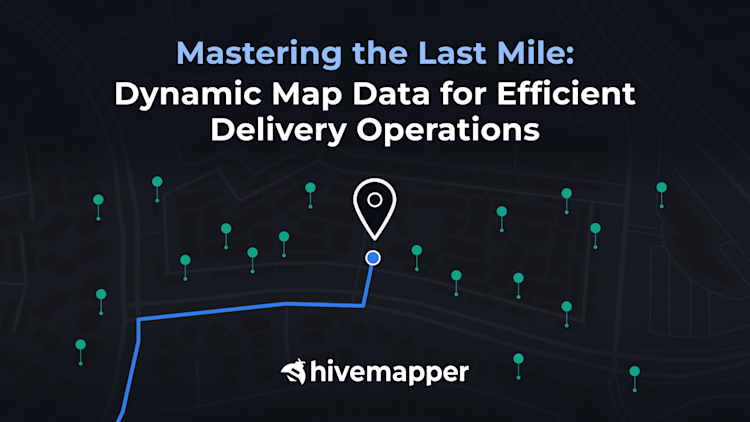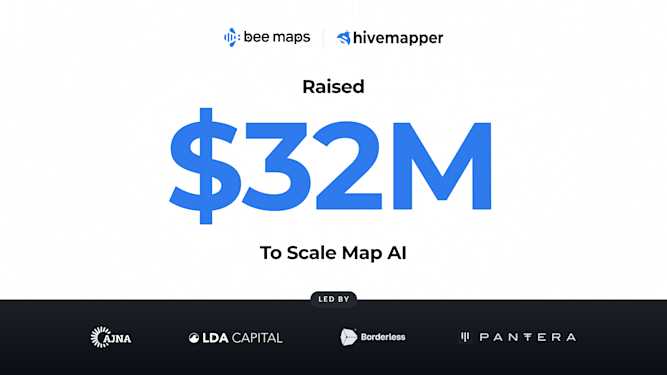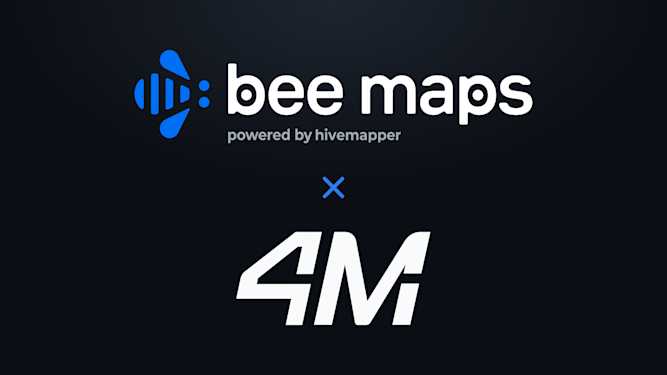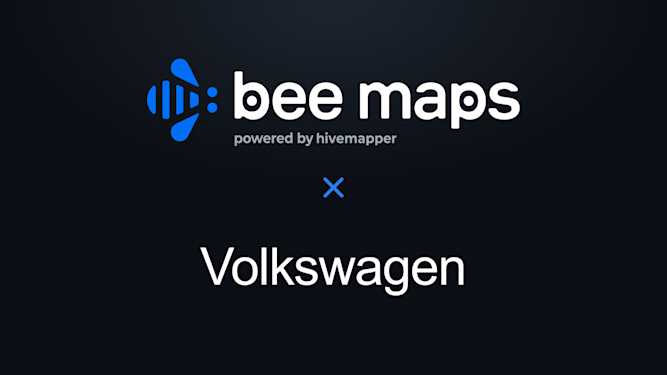The Network is Buzzing
Mastering the Last Mile: Dynamic Map Data for Efficient Delivery Operations

Detailed maps can help provide insights into vertical clearance, turn radius, and parking, minimizing navigational obstacles.
“The last mile” is a complex segment of the supply chain, with unique challenges that can have a big impact on operational costs and customer satisfaction. While early shipment stages use large trucks on fixed routes, the last mile relies on smaller delivery trucks navigating city streets, residential neighborhoods, and commercial districts. Unexpected obstacles and constraints result in inefficiencies, like routing challenges and increased fuel consumption.
Hivemapper’s approach to mapping, which uses standardized street-level imagery collected by everyday drivers with dedicated dashcams, can help optimize delivery and trucking operations. Unlike conventional digital maps, which become outdated due to their static nature, the continuous capture of road conditions ensures that Hivemapper’s mapping data remains current and relevant. With a stream of standardized imagery from which our Map AI extracts objects and intelligence, Hivemapper can provide road details and insights unavailable on other maps.
For companies and developers seeking to leverage rich mapping data, Hivemapper offers powerful tools for integration.
Our Map Image API allows for the ingestion of up-to-date road imagery, providing a visual foundation for route optimization and analysis. Our Map Features API delivers detailed road features, including stop signs, speed limits, and traffic lights, all identified with precision by our Map AI. Visit our product page and contact sales to learn more. To get started, generate an API key.
The ability to provide companies with granular mapping data has the potential to optimize delivery route planning in several key ways.
Vertical clearance accuracy
Trucks have different height requirements, depending on their make and model. Overhead obstructions such as low bridges, overpasses, and utility lines can pose challenges, leading to reroutes or potential accidents if not identified in advance. The capacity to determine vertical clearances along potential truck routes would identify potential dangers and allow planners to route their trucks safely under all conditions.
Turn radius assessment
Trucks generally have a wide turning radius, and negotiating turns can be challenging, especially in urban areas. High-resolution road imagery and 3D reconstructions can be used to model the curvature of turns, the presence of medians or islands, and the width of intersecting streets, helping companies identify which turns are safely passable by a given truck size — allowing for better planning and minimizing risky maneuvers.
Parking insights
Parking is a critical consideration for last-mile deliveries, and Hivemapper’s view of curbs and driveways can provide valuable data, such as potential pickup and delivery locations, as well as parking rules, load zone specifications, and commercial vehicle restrictions. This information can help delivery trucks legally and conveniently manage each stop on their route.
Hivemapper’s up-to-date and detailed data offers a comprehensive understanding of the physical routing environment for trucks. When combined with advanced software for analysis, planning, and simulation, this data holds the potential to significantly enhance delivery by helping to account for truck specifications, parking needs, and potential obstructions, leading to safer and more efficient journeys.
While considering all relevant factors, planners can identify the most cost-effective routes to deliver goods on time. The precision and freshness of Hivemapper’s mapping data provides tangible benefits for companies looking to refine navigational strategies, support safety, and improve operations.
**


